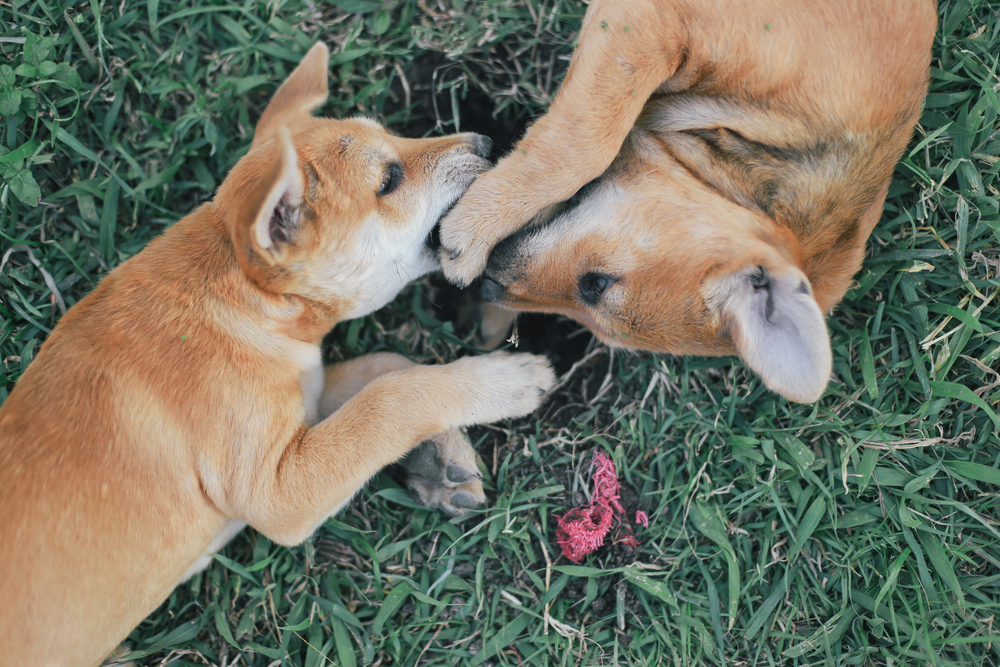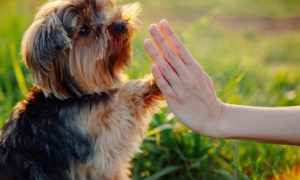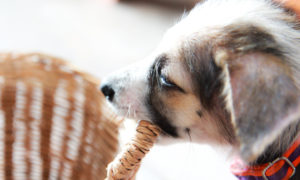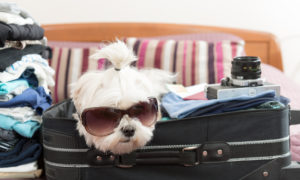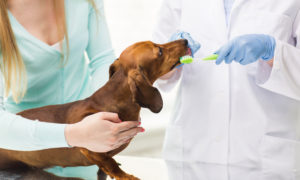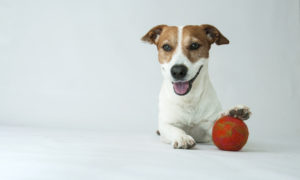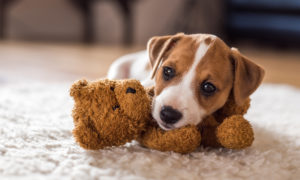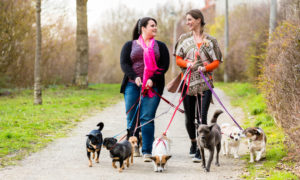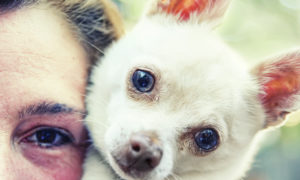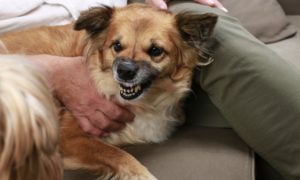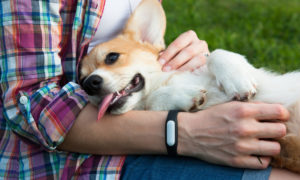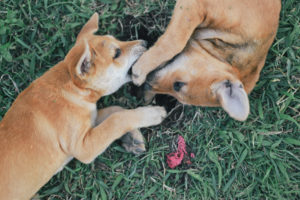 Dog play entails a number of dynamic, lively behaviors as demonstrated by barking, chasing, growling, pouncing, snapping, and even biting. With all that goes on during this spirited commotion, many new dog parents have trouble working out whether their adorable four-legged bundle of joy is playing as normal or already exhibiting signs of actual canine aggression. Telling the difference is crucial because play aggression generally requires special handling.
Dog play entails a number of dynamic, lively behaviors as demonstrated by barking, chasing, growling, pouncing, snapping, and even biting. With all that goes on during this spirited commotion, many new dog parents have trouble working out whether their adorable four-legged bundle of joy is playing as normal or already exhibiting signs of actual canine aggression. Telling the difference is crucial because play aggression generally requires special handling.
Common Signs to Look Out For
Carefully monitoring your pooch’s playtimes from the very first day is important so you can supervise and shape your little furball’s play style. The key is being able to recognize when dog play is good and acceptable, and when it is not. Also, it’s imperative that you know how to interrupt during the display of questionable behaviors and then discourage the inappropriate ones. Here’s how you can tell them apart:
- Good, acceptable dog play. Here, interruption is not necessary as the dogs are monitoring themselves. You will see that in their interaction, play is balanced with a lot of give-and-take. The dogs have loose and relaxed bodies and their body movements are rather silly and quite inefficient-looking. Both dogs should be making friendly play gestures like play bows, turning and hitting with the hips, and them stopping when things get too rough.
- Questionable dog play. Cut it short before their fooling around goes too far. Any of the following behaviors can result in a dog fight which you don’t want: wrestling where multiple dogs are involved or with one pooch always on the bottom, tug-of-war with one or both of the dogs becoming possessive, and stalking postures which is a prelude to a body slam.
- Rude, inappropriate dog play. This “play” is definitely not play at all. Aggressive behavior is apparent and has to be stopped immediately. Rude dog play behaviors include neck biting and collar grabbing, body slamming, pinning, snapping, mounting other dogs, and excessive barking/harassing other dogs. Tension and aggression can also be observed when one of the dogs stand in a “T” position (head over another’s shoulders), when one or more dogs gang up on one, and when there is overall arousal that results in growling and snapping.
It is every dog owner’s responsibility to supervise the pets to keep play friendly and safe. Keep your dogs from rude, inappropriate play behaviors by (1) side-tracking bad behavior, (2) giving verbal cues followed by an action, (3) giving your pooch a time-out when necessary, (4) refusing to engage in roughhousing, and (5) using leash or head-halters to quickly stop the behavior.
Keep in mind that Fido cannot train himself. If he doesn’t learn how to properly get along while young, he might grow into an unstable, destructive adult dog that is not pleasant to be around. As you may already know, shelters and rescues are sometimes full of pets with aggression and other behavior problems that show up only later in life. Most of the root causes stem from unaddressed issues that started during their puppy days. You would want to keep your pooch from becoming another statistic.

